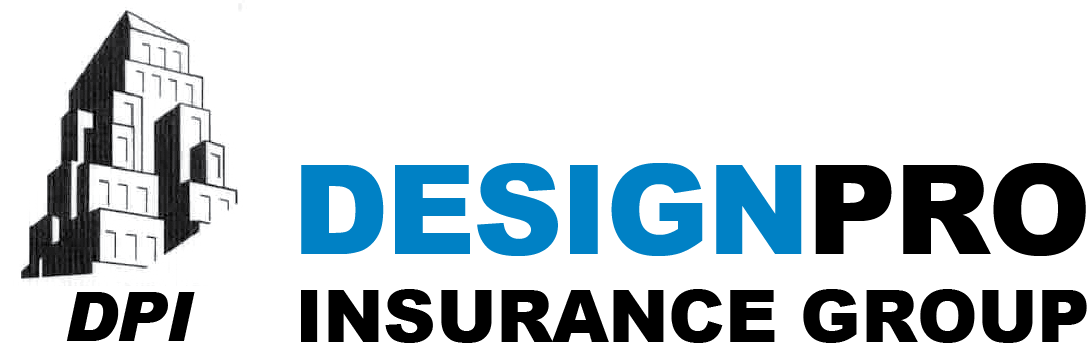Controlling Risk
The Importance of Contract Language
An important part of controlling risk on a project is the contract language that you negotiate with the owner/client. The following are some of the common issues that we often see in owner/client generated agreements and the problems they cause.
Indemnification
Indemnification is probably the most often asked about contract clause. The insurance coverage concern stems from the fact that a professional liability policy will exclude liability that you assume under a contract unless that liability exists in the absence of the contract. Defined simply, you are insured for your negligence and anything you agree to beyond that standard may cause coverage issues which could lead to out of pocket exposures.
“Duty to Defend”
One of the most common requirements under the indemnification clause is the duty to defend the client and other parties. Courts have ruled that this is an up-front obligation and exists before, and regardless of, any negligence is found on your behalf. Professional liability policies will NOT cover this obligation. They may reimburse reasonable legal costs to the extent caused by your negligent acts, errors or omissions, but they will not pay for up-front costs.
A sample clause to consider would be something such as the following:
The Design Professional agrees, to the fullest extent permitted by law, to indemnify and hold the Client harmless from any damage, liability or cost (including reasonable attorneys' fees and costs of defense) to the extent caused by the Design Professional's negligent acts, errors or omissions in the performance of professional services under this Agreement and those of his or her subconsultants or anyone for whom the Design Professional is legally liable.
The Design Professional is not obligated to indemnify the Client in any manner whatsoever for the Client's own negligence.
A sample clause to consider would be something such as the following:
The Design Professional agrees, to the fullest extent permitted by law, to indemnify and hold the Client harmless from any damage, liability or cost (including reasonable attorneys' fees and costs of defense) to the extent caused by the Design Professional's negligent acts, errors or omissions in the performance of professional services under this Agreement and those of his or her subconsultants or anyone for whom the Design Professional is legally liable.
The Design Professional is not obligated to indemnify the Client in any manner whatsoever for the Client's own negligence.
Standard of Care
Quite often a client will require you to perform your services “to the highest extent available”. Language such as this increases your liability beyond your legal obligation and could not only cause coverage issues, but could be impossible to achieve.
A sample clause to consider would be something such as the following:
Services provided by the Design Professional under this Agreement will be performed in a manner consistent with a degree of care and skill ordinarily exercised by members of the same profession currently practicing under similar circumstances.
A sample clause to consider would be something such as the following:
Services provided by the Design Professional under this Agreement will be performed in a manner consistent with a degree of care and skill ordinarily exercised by members of the same profession currently practicing under similar circumstances.
Code Compliance
Another common requirement is that of code compliance where-in a client will require that you warrant that you will comply with all codes, laws, ordinances, regulations and standards. There are thousands of laws, codes, regulations, and standards that relate to design and construction; all are subject to change, inconsistency, and interpretation.
A sample clause to consider would be something such as the following:
The Design Professional shall put forth reasonable professional efforts to comply with codes, regulations, laws... in effect as of the date of {submission to building authorities, the execution of this Agreement or other appropriate date}.
A sample clause to consider would be something such as the following:
The Design Professional shall put forth reasonable professional efforts to comply with codes, regulations, laws... in effect as of the date of {submission to building authorities, the execution of this Agreement or other appropriate date}.
Limitation of Liability
The Limitation of Liability clause is an agreement between the design professional and the owner/client to limit the amount of damages that can be made against the design professional firm and it’s consultants. This is a one-party agreement between the owner/client, and design firm, but does not include third party claims made by parties outside of the contract agreement. It is important that the language be clear and unambiguous. One item to consider is that you should not agree to a limitation with any subconsultant working underneath you. Professional liability policies will not cover you for the difference between what could have been collected by the subconsultant in the absence of this limitation and the amount you limited them to.
A sample clause to consider would be something such as the following:
In recognition of the relative risks and benefits of the project to both the Client and the Design Professional, the risks have been allocated such that the Client agrees, to the fullest extent permitted by law, to limit the liability of the Design Professional and his or her subconsultants to the Client and to all construction contractors and subcontractors on the project for any and all claims, losses, costs, damages of any nature whatsoever or claims expenses from any cause or causes, so that the total aggregate liability of the Design Professional and his or her subconsultants to all those named shall not exceed $______, or the Design Professional's total fee for services rendered on this project, whichever is greater. Such claims and causes include, but are not limited to negligence, professional errors or omissions, strict liability, breach of contract or warranty.
A sample clause to consider would be something such as the following:
In recognition of the relative risks and benefits of the project to both the Client and the Design Professional, the risks have been allocated such that the Client agrees, to the fullest extent permitted by law, to limit the liability of the Design Professional and his or her subconsultants to the Client and to all construction contractors and subcontractors on the project for any and all claims, losses, costs, damages of any nature whatsoever or claims expenses from any cause or causes, so that the total aggregate liability of the Design Professional and his or her subconsultants to all those named shall not exceed $______, or the Design Professional's total fee for services rendered on this project, whichever is greater. Such claims and causes include, but are not limited to negligence, professional errors or omissions, strict liability, breach of contract or warranty.



 Français
Français 












